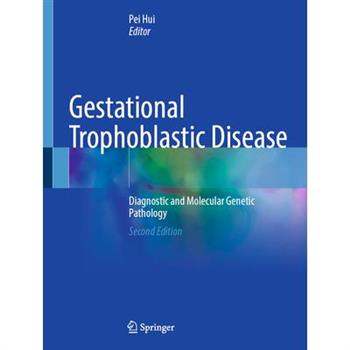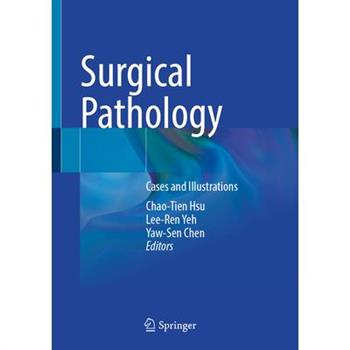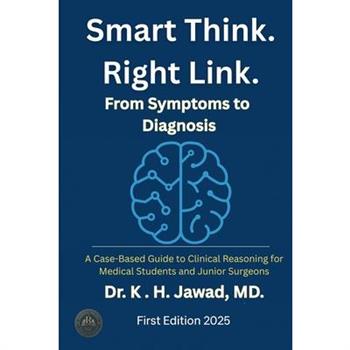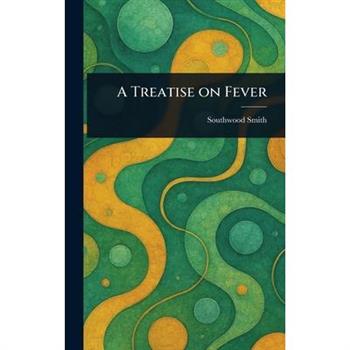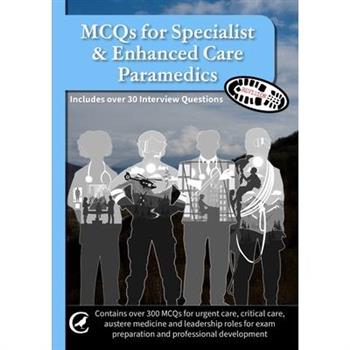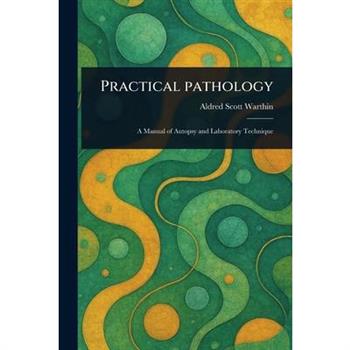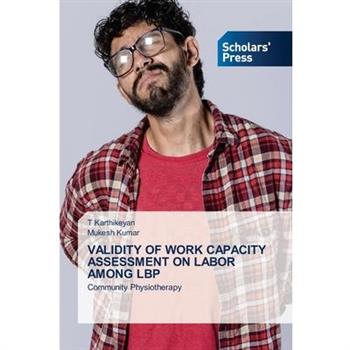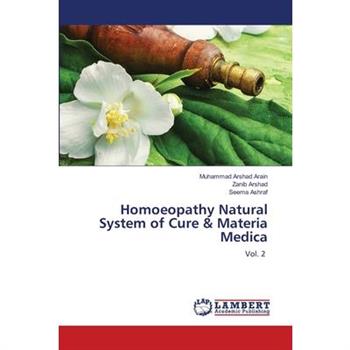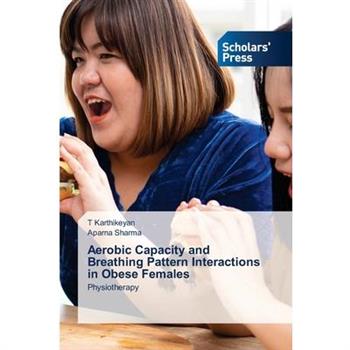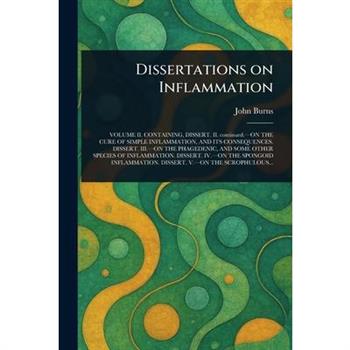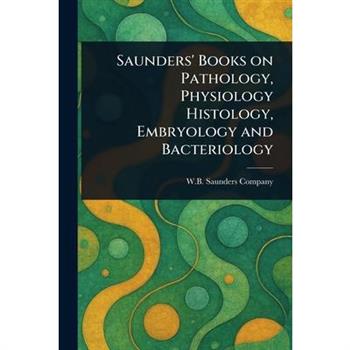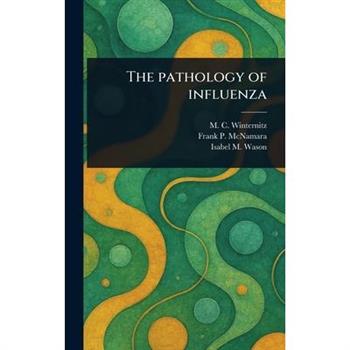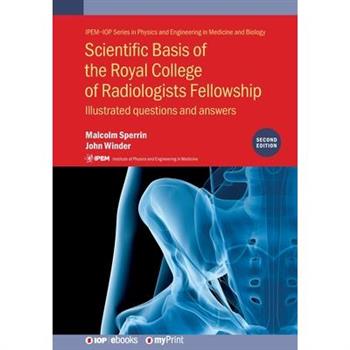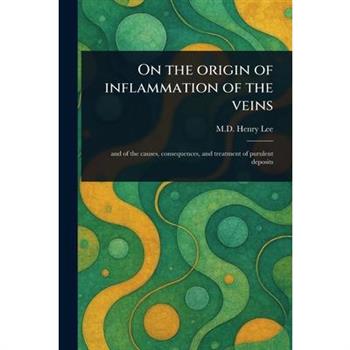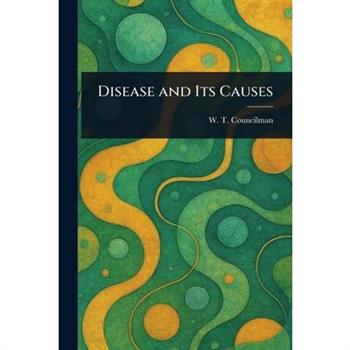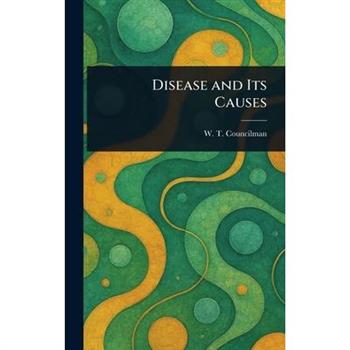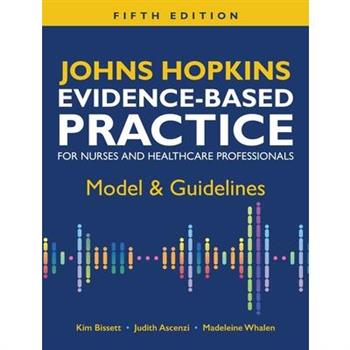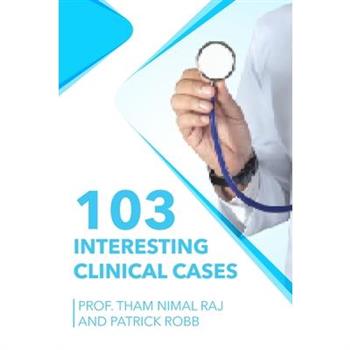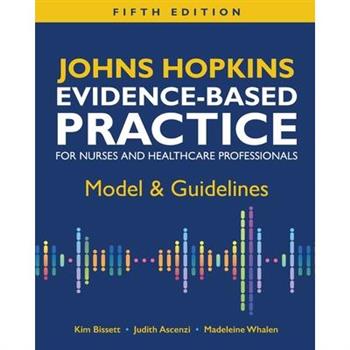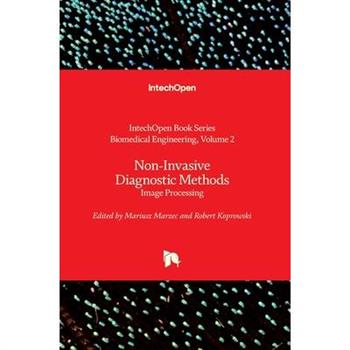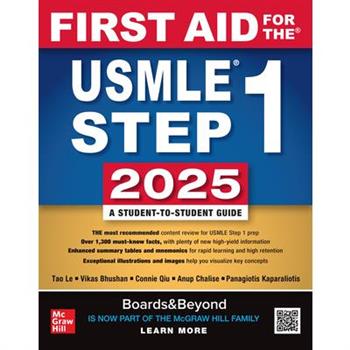Molecular Pathology
Comprehensive textbook on molecular pathology for newcomers to the field, covering history, analytics, types of cancers, and more Molecular Pathology delivers an in-depth outline of molecular pathology appropriate for the undergraduate, postgraduate, or early-stage career lab scientist, drawing from authoritative sources such as NICE, the World Health Organisation, the Office of National Statistics, clinical guidelines, research publications and the National Genomic Test Directory. The text contains numerous tables, diagrams, and photos in each chapter to help elucidate key concepts. The opening chapter provides a general introduction to the subject with a historical perspective of key findings that have led to our current view of molecular pathology. The introduction is followed by a look at the scope of chromosomal disease (such as Down's syndrome) and genetic disease (such as sickle cell disease). Chapter two describes the numerous analytical tools required in molecular pathology, and how complex genetic data is interpreted - i.e., bioinformatics. The remaining three chapters review the molecular pathology of focused groups of disease, including solid tumor cancer, blood cancer, and metabolic and other genetic diseases. Each of these three chapters explains the role of molecular pathology in the etiology, diagnosis, and management of each particular condition. Sample topics explored in Molecular Pathology include: Generating DNA and RNA for analysis, amplification by PCR, and DNA sequencing through micro-arrays, libraries, and Next Generation Sequencing Chromosome structure, covering histones and the centromere, abnormal chromosome numbers, and errors within chromosomes such as translocations and deletions Myelofibrosis, myelodysplasia, essential thrombocythemia, polycythaemia, leukemia, lymphoma, myeloma, and haemopoiesis and maturation arrest Molecular pathology of single organ/organ system disease, such as Huntington's and cardiomyopathy, and multi-organ disease such as Barth syndrome Molecular Pathology serves as an excellent introduction to the subject for first to third year undergraduate students. Healthcare professionals and biomedical scientists and researchers will also find it valuable.
Surgical Pathology
This book introduces surgical pathology of tumors in different systems, including gastrointestinal tract, respiratory tract, urinary tract, reproductive system, and neuromuscular system. Each chapter presents typical cases, containing chief complain, medical history, laboratory data, radiology image, pathology image, as well as complete diagnosis and treatment procedure. This case-based book will be a valuable reference for medical students and beginners in clinical pathology.
Validity of Work Capacity Assessment on Labor Among Lbp
Homoeopathy Natural System of Cure & Materia Medica
Updates on Oncologic Genitourinary Pathology: Focus on Molecular Data and Biomarkers Relevant for Disease Classification and Clinical Management, an Issue of Surgical Pathology Clinics
In this issue of Surgical Pathology Clinics, guest editor Dr. Andr矇s M. Acosta brings his considerable expertise to the topic of Updates on Oncologic Genitourinary Pathology. Top experts help readers understand the relevance of new genomic, epigenomic, and transcriptomic data for classification of diverse genitourinary tumors. This issue also covers histopathologic correlates of molecular findings, biomarkers that represent current or potential predictors of clinical outcomes, and identifying biomarkers and molecular results that impact clinical management and guide treatment.Contains 14 relevant, practice-oriented topics including rare renal neoplasms; bladder cancer; pediatric genitourinary tumors; urothelial carcinoma of the upper urinary tract; testicular sex cord stromal tumors; and moreProvides in-depth clinical reviews on oncologic genitourinary pathology, offering actionable insights for clinical practicePresents the latest information on this timely, focused topic under the leadership of experienced editors in the field. Authors synthesize and distill the latest research and practice guidelines to create clinically significant, topic-based reviews
Who Reporting System for Lymph Node, Spleen, and Thymus Cytopathology
The WHO Reporting System for Lymph Node, Spleen, and Thymus Cytopathology is Volume 3 of the series of reporting systems for cytopathology, which is a joint project of the International Academy of Cytology (IAC) and the International Agency for Research on Cancer (IARC), a specialized agency of the World Health Organization (WHO). The series includes a unique synthesis of the published evidence and the practice of cytopathology, and it is linked to the WHO Classification of Tumours series, now in its 5th edition. Cytopathologists look at tumors slightly differently than other specialists do, and there is a need for specialized reporting systems based on the key diagnostic cytopathological features of tumors, presented in standardized reports, within a hierarchical system of diagnostic categories. These categories must also be linked to diagnostic management recommendations to improve communication with clinicians and support patient care. And it is essential that these reporting systems be truly international, to serve the needs of patients worldwide in many differently medically resourced settings. What are the key features of this first edition of the series? These volumes are an essential tool for standardizing diagnostic cytopathology practice worldwide and will serve as a vehicle for the translation of cytopathology research into practice. The key diagnostic cytopathological features listed for each tumor type under the diagnostic categories represent the first international consensus and are described in precise, uniform language. These diagnostic criteria are underpinned by available evidence that has been evaluated and debated by experts in the field. Lesion-specific sections include discussion of the differential diagnosis of the lesions' cytopathological features that can be used worldwide, especially in low-resource settings, followed by a discussion of the current best-practice application of ancillary testing on cytopathology material. This volume Prepared by about 40 authors and editors Contributors from around the world, reflecting an international expertise Hundreds of high-quality images More than 1000 references
Ivus Made Easy
Intravascular ultrasound (IVUS) imaging has become an essential tool for understanding arterial disease and guiding percutaneous interventions in the contemporary era. IVUS Made Easy facilitates the understanding and interpretation of IVUS imaging for practicing invasive cardiologists and trainees. This new edition provides a basic understanding of the technology, images, and measurements with updated diagnostic and interventional applications of IVUS imaging, described and discussed in more detail. Technologic innovations and a brief comparison with optical coherence tomography provide the reader with context and understanding of the latest developments.Key Features: Provides in-depth coverage of all topics related to IVUS imaging by highly experienced authors on diagnostic and interventional applications in basic and more complex cases Features updated images for demonstration of real-life scenarios for practicing cardiologists and interventional cardiology trainees Discusses latest clinical research evidence to support contemporary clinical applications
Echocardiography in the Emergency Department
Dr. Bot
How does AI compare to a doctor when it comes to saving lives? Doctors are under-resourced and face unprecedented levels of stress, with rising patient numbers and ever developing medical knowledge. But at the same time, they are all too human, prone to racial, class and social biases that affect the care patients receive. Can we improve patient experience and alleviate the burdens of doctors at the same time? In this groundbreaking study, Charlotte Blease reveals how AI, if handled with care, could emerge as the most reliable physician in history. Drawing on interviews with authorities in AI, doctors and patients, Blease shows how technology - despite some resistance - is already making a difference. From diagnosis and second opinions to treatment and aftercare, AI has the potential to revolutionise our healthcare.
First Aid for the USMLE Step 1 2025
The time-tested, most popular board prep resource--updated to reflect the newest Step 1 examFirst Aid for the USMLE Step 1 is a veritable blueprint for preparing for this critical exam, revealing all the content you will encounter on test day. This unmatched text is written by carefully chosen students who excelled on the Step 1 exam and reviewed by top faculty--ensuring the content is relevant, high-yield, and accurate. The book is organized and formatted in ways that help you easily hone in on the most important content.The new edition of First Aid for the USMLE Step 1 is filled with 1,000 color clinical images, including more depicting diverse patients; 1,300+ high-yield facts and mnemonics, organized by basic principles and organ system; and invaluable test-taking advice. There's a reason for the longstanding success of First Aid for the USMLE Step 1. Once you open the 2025 edition, you'll instantly understand why it's a resource you can't be without!






